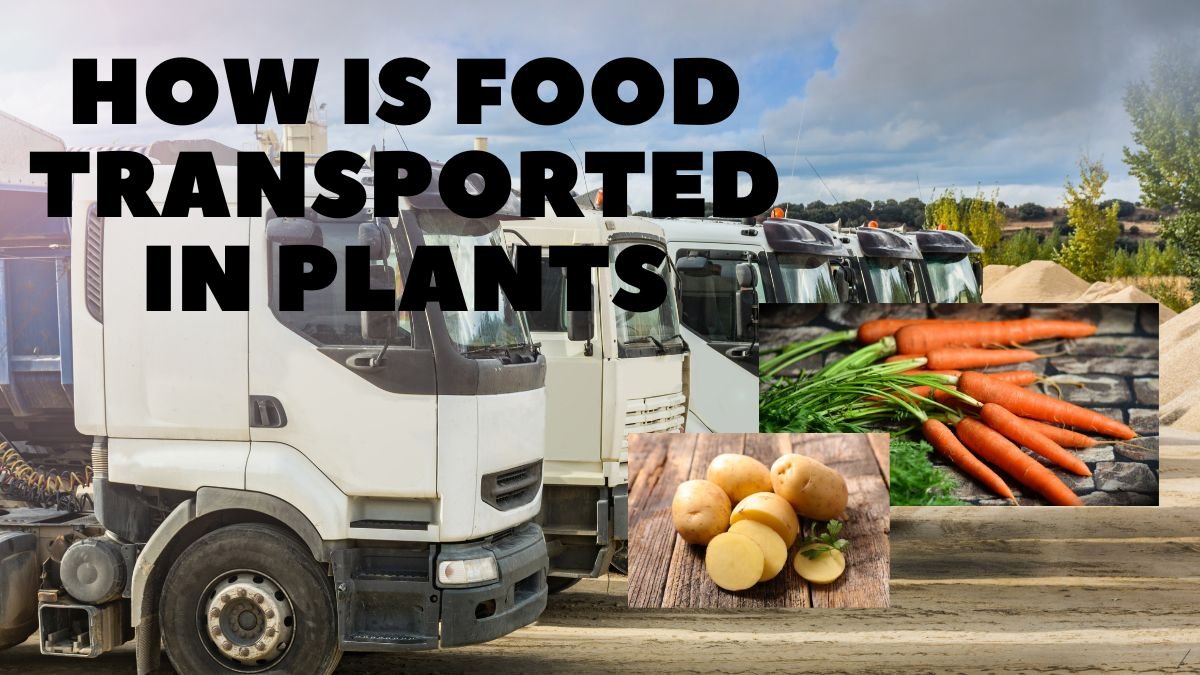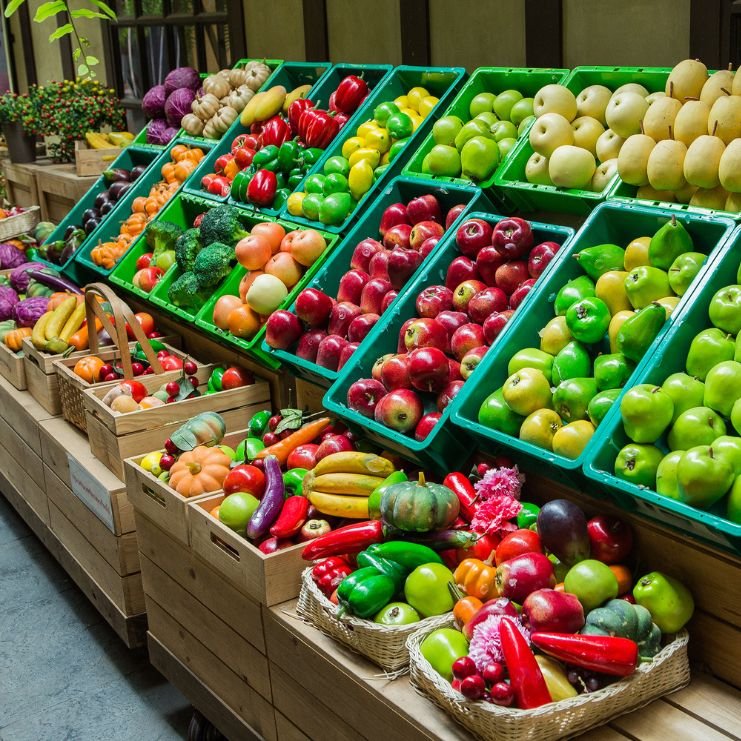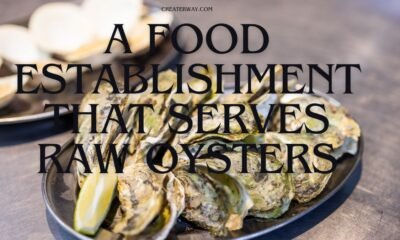FOOD
HOW IS FOOD TRANSPORTED IN PLANTS

HOW IS FOOD TRANSPORTED IN PLANTS. Food transportation in plants is a complex process that ensures the distribution of vital nutrients and resources throughout the organism. This intricate system allows plants to grow, develop, and sustain various functions. This article will explore the mechanisms and structures responsible for transporting food within plants.
Photosynthesis:
The Source of Plant Food
Photosynthesis is the foundational process that generates food for plants. It occurs in the chloroplasts of plant cells, primarily in the leaves. Through photosynthesis, plants convert carbon dioxide and water into glucose, a sugar that serves as the primary food source for the entire plant.
Sugar Production in Leaves
In the photosynthetic process, glucose is produced from light energy absorbed by chlorophyll, a green pigment found in chloroplasts. The conversion of sunlight into chemical energy is the plant’s first step in food production.
HOW IS FOOD TRANSPORTED IN PLANTS
Sugar Loading in Source Tissues
The sugar produced during photosynthesis is transported to other plant parts for growth and energy. Specialized cells called “source tissues,” typically found in leaves, actively load sugar into the phloem, a network of transport tissues.
The Role of Phloem in Food Transportation
Phloem, the primary plant transport tissue, is vital in food transportation. Phloem comprises two main cell types: sieve tube elements and companion cells. These cells work together to move sugars, amino acids, and other nutrients throughout the plant.
Phloem Sap and Pressure Flow

Phloem sap is a mixture of water and organic compounds, primarily sugars. The pressure flow mechanism explains how phloem sap is transported. Companion cells actively load sugar into the sieve tube elements, increasing the solute concentration. This high solute concentration generates pressure, causing phloem sap to flow from source tissues to sink tissues.
Distribution to Sink Tissues
Sink tissues are the parts of the plant where sugars are consumed or stored. These can include roots, fruits, flowers, and developing leaves. The movement of sugars in the phloem is driven by the pressure gradient from source to sink tissues.
Unloading in Sink Tissues
Once the phloem sap reaches the sink tissues. And it is actively unloaded into the cells by various mechanisms. The stored sugars can be used for energy growth or future use.
Translocation of Nutrients
Food transport in plants is not limited to sugars. In addition to sugars, the phloem transports other essential nutrients and hormones required for plant growth and development. This system ensures that all parts of the plant receive the necessary resources to function efficiently.
Adaptations and Response to Environmental Factors
Plants have developed various adaptations to optimize food transportation. For example, they can alter the sugar loading and unloading rate in response to environmental conditions. This adaptability allows plants to thrive in changing circumstances.
Challenges and Threats
While the food transportation system in plants is remarkable. And it is not without challenges. Various factors, such as diseases, pests, & environmental stressors, can disrupt the smooth functioning of this process. Plants have developed defence mechanisms to protect their food transport systems.
READ MORE WITH UA AT A FOOD ESTABLISHMENT THAT SERVES RAW OYSTERS



